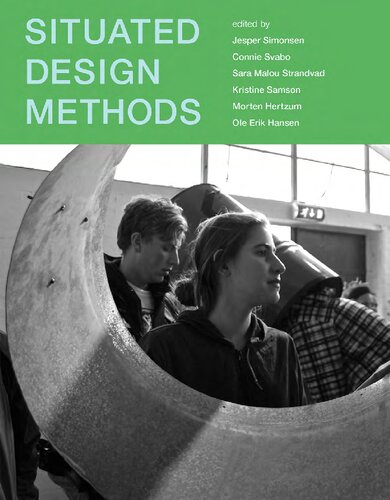

Most ebook files are in PDF format, so you can easily read them using various software such as Foxit Reader or directly on the Google Chrome browser.
Some ebook files are released by publishers in other formats such as .awz, .mobi, .epub, .fb2, etc. You may need to install specific software to read these formats on mobile/PC, such as Calibre.
Please read the tutorial at this link: https://ebookbell.com/faq
We offer FREE conversion to the popular formats you request; however, this may take some time. Therefore, right after payment, please email us, and we will try to provide the service as quickly as possible.
For some exceptional file formats or broken links (if any), please refrain from opening any disputes. Instead, email us first, and we will try to assist within a maximum of 6 hours.
EbookBell Team

4.7
56 reviewsA handbook of situated design methods, with analyses and cases that range from designing study processes to understanding customer experiences to developing interactive installations.
All design is situated―carried out from an embedded position. Design involves many participants and encompasses a range of interactions and interdependencies among designers, designs, design methods, and users. Design is also multidisciplinary, extending beyond the traditional design professions into such domains as health, culture, education, and transportation. This book presents eighteen situated design methods, offering cases and analyses of projects that range from designing interactive installations, urban spaces, and environmental systems to understanding customer experiences.
Each chapter presents a different method, combining theoretical, methodological, and empirical discussions with accounts of actual experiences. The book describes methods for defining and organizing a design project, organizing collaborative processes, creating aesthetic experiences, and incorporating sustainability into processes and projects. The diverse and multidisciplinary methods presented include a problem- and project-based approach to design studies; a “Wheel of Rituals” intended to promote creativity; a pragmatist method for situated experience design that derives from empirical studies of film production and performance design; and ways to transfer design methods in a situated manner. The book will be an important resource for researchers, students, and practitioners of interdisciplinary design.